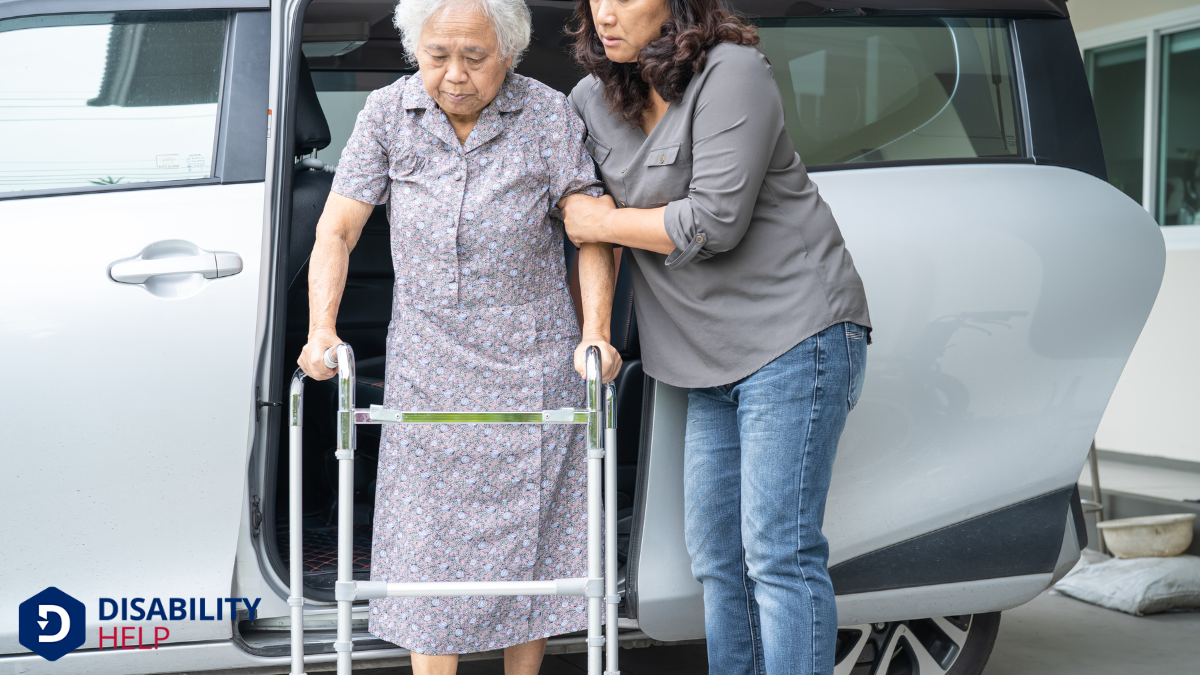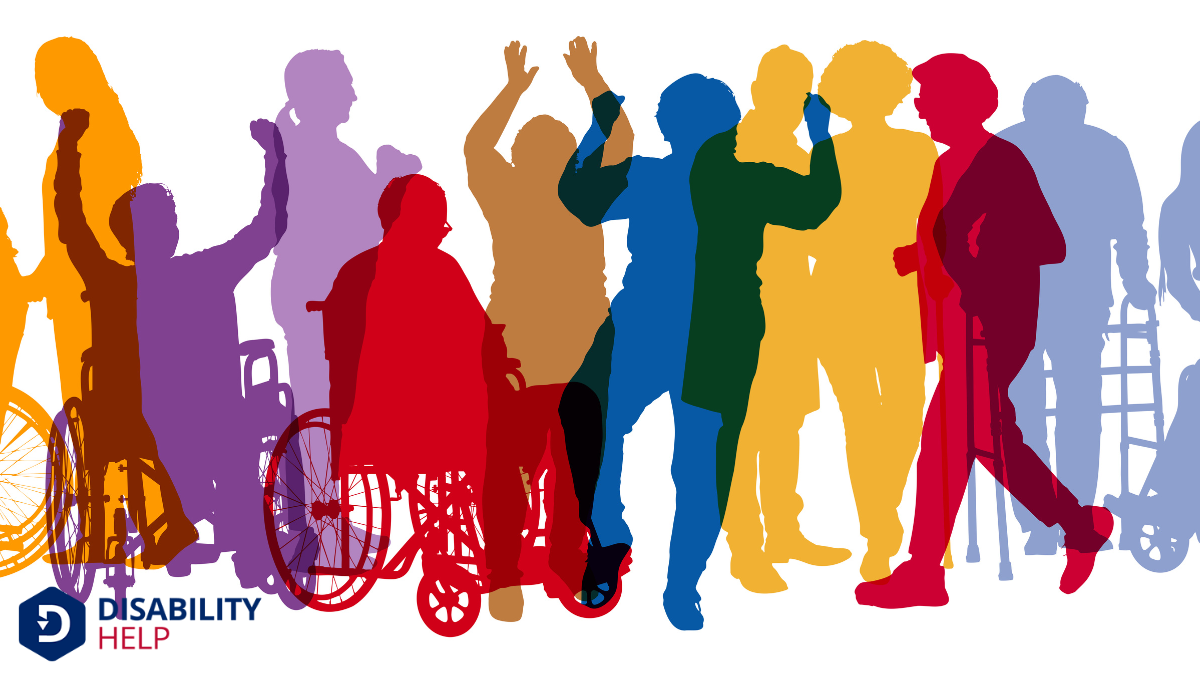Let's explore the different types of mobility impairments together. From congenital conditions like cerebral palsy to acquired impairments from accidents or illnesses, the range is broad. Progressive disorders such as multiple sclerosis and temporary impairments from injuries add complexity. As we age, natural changes impact our mobility too. How do these variations affect daily life, and what role do assistive devices play in enhancing mobility? Join us as we uncover these aspects.
Key Takeaways
- Congenital mobility impairments are present from birth, including conditions like cerebral palsy and spina bifidaA birth defect where the spine and spinal cord don't form properly, leading to varying degrees of di....
- Acquired mobility impairments occur after birth due to injuries or illnesses, affecting movement capabilities.
- Progressive mobility disorders worsen over time, as seen in multiple sclerosis and Parkinson's diseaseA progressive neurodegenerative disorder affecting movement, often including tremors..
- Temporary mobility impairments result from acute injuries or surgeries, improving with time and rehabilitationThe process of helping individuals with disabilities achieve and maintain their optimal physical, se....
- Age-related mobility challenges arise from natural aging processes, leading to decreased strength and joint flexibility.
Congenital Mobility Impairments
When we talk about congenital mobility impairments, we're addressing conditions individuals are born with that affect their ability to move. These include a range of disorders like cerebral palsy, spina bifida, and muscular dystrophyA group of genetic diseases causing progressive weakness and loss of muscle mass.. Each condition presents unique challenges and requires specific support systems.
Understanding these impairments helps us advocate for accessibilityThe design of products, devices, services, or environments to be usable by people with disabilities.... and inclusivity from the start. We need to guarantee that educational institutions, public spaces, and workplaces accommodate all abilities. By doing so, we foster environments where everyone can thrive.
Let’s work together to support individuals with congenital impairments by promoting awareness and exploring medical and technological advancements.
Together, we can contribute to a more inclusive society that values and respects each person's capabilities and potential.
Acquired Mobility Impairments

Just as congenital mobility impairments require our attention and support, acquired mobility impairments also demand our focus and understanding.
These impairments develop due to events or conditions that occur after birth, affecting an individual's ability to move. Such changes can be sudden or gradual, reshaping daily life.
Common causes include:
- Injuries: Accidents or trauma can lead to spinal cord injuries, fractures, or amputations.
- Infections: Diseases like polio or meningitis may result in mobility issues.
- Surgical complications: Operations, especially those involving the spine or limbs, might lead to reduced mobility.
- Chronic illnesses: Conditions such as arthritisInflammation of the joints, leading to pain, stiffness, and limited movement. or multiple sclerosis can develop over time.
Our role is to offer empathyThe ability to understand and share the feelings of another, particularly important in understanding..., resources, and practical solutions to support those traversing these challenges, enabling them to lead fulfilling lives.
Progressive Mobility Disorders
Although progressive mobility disorders can be challenging, understanding them is essential for offering meaningful support. These disorders gradually worsen over time, affecting our ability to move freely. Conditions like multiple sclerosis, Parkinson's disease, and muscular dystrophy fall under this category.
It’s important to recognize that these conditions vary greatly regarding progression and symptoms.
Let’s focus on what we can do. Being informed helps us empathize and assist those affected. Encouraging regular medical consultations is vital, as healthcare providers can offer strategies for managing symptoms and maintaining mobility as long as possible.
We should also advocate for accessible environments and adaptive technologies that enhance quality of life. By actively supporting those with progressive mobility disorders, we promote understanding and inclusionThe practice of creating environments in which any individual or group can be and feel welcomed, res... in our communities.
Temporary Mobility Impairments
Temporary mobility impairments, unlike progressive disorders, often arise from acute injuries or surgeries and are expected to improve with time and proper care.
These impairments can be just as challenging, impacting our daily activities and independence. They require us to adaptA grassroots disability rights organization in the U.S. that focuses on promoting community-based se... temporarily while we heal, often through rehabilitation and assistive devices. Understanding common causes and solutions can help us navigate these challenges more effectively.
- Fractures: Broken bones can limit mobility until they've healed properly.
- Surgeries: Procedures, like knee or hip replacements, often require a recovery period with limited movement.
- Sprains and Strains: These injuries to muscles, ligaments, or tendons can temporarily restrict our physical abilities.
- Soft Tissue Injuries: Damage to muscles or tendons can result in short-term mobility restrictions.
Age-Related Mobility Challenges

As we age, our bodies naturally undergo changes that can lead to mobility challenges. We might notice our joints becoming stiffer and our muscles losing strength, making it harder to move as freely as we once did.
Balance can also become a struggle, increasing the risk of falls. Osteoarthritis is common, causing pain and limiting joint function. We may find that regular activities like walking or climbing stairs become more difficult and tiring.
Staying active is essential for maintaining mobility. It's important to engage in exercises tailored to our abilities, like walking, swimming, or yoga, to keep our muscles strong and joints flexible.
Let's also remember the importance of regular check-ups with healthcare providers to address any concerns and guarantee we're managing age-related changes effectively.
Impact of Assistive Devices on Mobility
While we may face challenges with mobility, assistive devices can greatly enhance our ability to move and perform daily activities.
These tools empower us to maintain independence and improve our quality of life. From simple aids to advanced technology, each device serves a unique purpose tailored to our needs.
Let's explore some key benefits:
- Increased Independence: Devices allow us to perform tasks without relying on others.
- Improved Safety: They reduce the risk of falls and injuries, giving us peace of mind.
- Enhanced Accessibility: We can access places and activities that were once difficult.
- Boosted Confidence: With the right support, we feel more confident in our mobility.
Conclusion
In exploring the different types of mobility impairments, we've seen how they can affect individuals from birth or develop later in life. Whether congenital, acquired, progressive, temporary, or age-related, each type presents unique challenges. However, it’s crucial to acknowledge that assistive devices can make a significant difference in enhancing mobility and independence. Let's continue to support and advocate for those with mobility impairments, recognizing their resilienceThe ability of individuals with disabilities to cope with and adapt to challenges and adversity. and the value of accessible environments for all.






